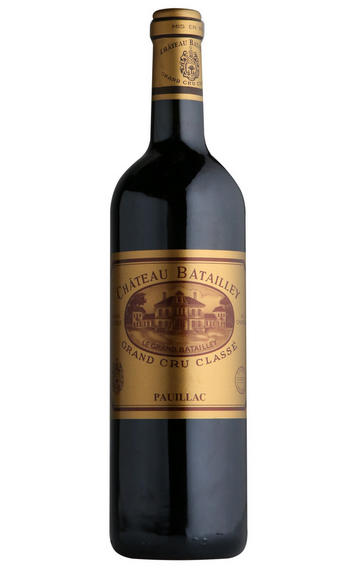
2005 Château Batailley, Pauillac, Bordeaux
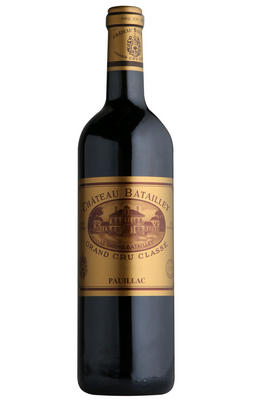
Critics reviews
Neal Martin - 30/06/2017
Jancis Robinson MW - jancisrobinson.com - March 2011
About this WINE
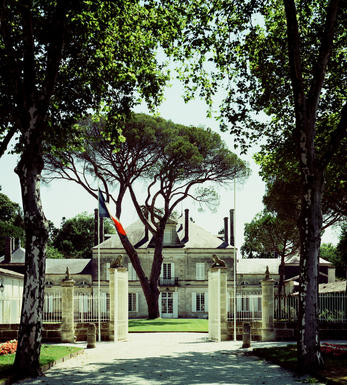
Château Batailley
Château Batailley is one of the oldest estates in Bordeaux, dating from the 15th century. A 5ème Cru Classé, it is known for producing wines of consistently high quality and excellent value in a classic Pauillac style.
The vineyard sits on a plateau at the southern end of Pauillac, on the site of a battle between the French and the English during the Hundred Years War – hence the name ‘Batailley’. The estate has been owned by the Borie family since 1932, and is currently in the hands of family-members Denise and Emile Castèja of the famous negociants Borie-Manoux, which also owns Ch. Lynch-Moussas, Ch. Trotte Vieille and Domaine de l’Église. Ch. Batailley, considered to be the jewel in the family crown, is now managed by son Philippe Castèja and grandson Frédéric.
For years, Ch. Batailley has enjoyed a reputation as a reliable, well-priced Pauillac. Over the last 15-20 years, however, there has been a much greater emphasis on the quality of the fruit. The result has been wines of decidedly more finesse – still in the classic Pauillac style, and still one of the best value Cru Classé at any level.
Since 2014, Batailley has produced a second wine, Lions de Batailley, using grapes from some of the younger vines; it’s lighter in style but retains the signature profile of the Grand Vin.
The 57 hectares of vineyards are planted in classic Pauillac proportions: 70% Cabernet Sauvignon, 25% Merlot, 3% Cabernet Franc and 2% Petit Verdot. The deep gravel beds are ideal for the later-ripening Cabernet Sauvignon; the clay and limestone subsoil is equally favourable to Merlot. Grapes are harvested by hand, in parcels of roughly one hectare each.
Grapes are fully de-stemmed, then fermented in stainless steel tanks. Malolactic fermentation takes place partly in tank, partly in barrel, and the wine is then aged in 225-litre barriques, 55% new, for 16-18 months before bottling.
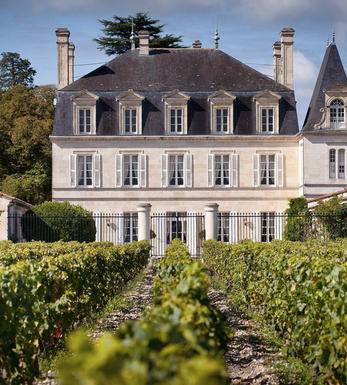
Pauillac
Pauillac is the aristocrat of the Médoc boasting boasting 75 percent of the region’s First Growths and with Grand Cru Classés representing 84 percent of Pauillac's production.
For a small town, surrounded by so many familiar and regal names, Pauillac imparts a slightly seedy impression. There are no grand hotels or restaurants – with the honourable exception of the establishments owned by Jean-Michel Cazes – rather a small port and yacht harbour, and a dominant petrochemical plant.
Yet outside the town, , there is arguably the greatest concentration of fabulous vineyards throughout all Bordeaux, including three of the five First Growths. Bordering St Estèphe to the north and St Julien to the south, Pauillac has fine, deep gravel soils with important iron and marl deposits, and a subtle, softly-rolling landscape, cut by a series of small streams running into the Gironde. The vineyards are located on two gravel-rich plateaux, one to the northwest of the town of Pauillac and the other to the south, with the vines reaching a greater depth than anywhere else in the Médoc.
Pauillac's first growths each have their own unique characteristics; Lafite Rothschild, tucked in the northern part of Pauillac on the St Estèphe border, produces Pauillac's most aromatically complex and subtly-flavoured wine. Mouton Rothschild's vineyards lie on a well-drained gravel ridge and - with its high percentage of Cabernet Sauvignon - can produce (in its best years) Pauillac's most decadently rich, fleshy and exotic wine.
Latour, arguably Bordeaux's most consistent First Growth, is located in southern Pauillac next to St Julien. Its soil is gravel-rich with superb drainage, and Latour's vines penetrate as far as five metres into the soil. It produces perhaps the most long-lived wines of the Médoc.
Recommended Châteaux
Ch. Lafite-Rothschild, Ch. Latour, Ch. Mouton-Rothschild, Ch. Pichon-Longueville Baron, Ch. Pichon Longueville Comtesse de Lalande, Ch. Lynch-Bages, Ch. Grand-Puy-Lacoste, Ch, Pontet-Canet, Les Forts de Latour, Ch. Haut-Batailley, Ch. Batailley, Ch. Haut-Bages Libéral.
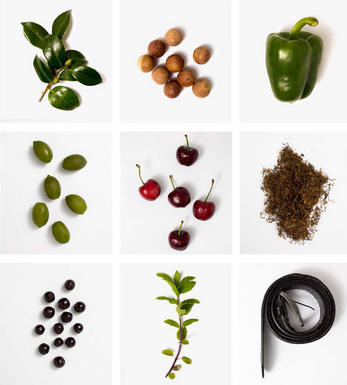
Cabernet Sauvignon Blend
Cabernet Sauvignon lends itself particularly well in blends with Merlot. This is actually the archetypal Bordeaux blend, though in different proportions in the sub-regions and sometimes topped up with Cabernet Franc, Malbec, and Petit Verdot.
In the Médoc and Graves the percentage of Cabernet Sauvignon in the blend can range from 95% (Mouton-Rothschild) to as low as 40%. It is particularly suited to the dry, warm, free- draining, gravel-rich soils and is responsible for the redolent cassis characteristics as well as the depth of colour, tannic structure and pronounced acidity of Médoc wines. However 100% Cabernet Sauvignon wines can be slightly hollow-tasting in the middle palate and Merlot with its generous, fleshy fruit flavours acts as a perfect foil by filling in this cavity.
In St-Emilion and Pomerol, the blends are Merlot dominated as Cabernet Sauvignon can struggle to ripen there - when it is included, it adds structure and body to the wine. Sassicaia is the most famous Bordeaux blend in Italy and has spawned many imitations, whereby the blend is now firmly established in the New World and particularly in California and Australia.


Buying options
Add to wishlist
Description
Gloriously Pauillac on the nose, dark, rich, medicinal fruit, serious, with hints of spice. Lovely savoury fruit on the palate, mouth-filling and profound, dark fruit, spice and menthol, all wrapped up in a velvety structure. Good acidity and ripe tannins round this off perfectly. This is beginning to show very well now, precise balance and depth, with good length. Perfect Sunday lunch Claret. Drink now-2035.
Chris Pollington, Fine Wine Advisor (January 2021)
Deeply coloured with a crimson hue, this was remarkably expressive at first taste before decanting for a few hours. Instinctively, I was expecting a muscular and brooding Batailley, such is the nature of the vintage, but rather quite the opposite with a silky and seductive wine which showcased layer upon layer of complexity, forest fruits and blackberry pie, through to cedar and spice box. Don’t get me wrong, there’s still plentiful structure keeping this completely alive, the tannins finely etched into the background, and acidity plays a balancing role, however, I find the wine is in harmony at present, with 16 years under its belt. With an opportunity to do this justice, I served alongside a roasted rare topside of fine beef and couldn’t have asked for more - this was absolutely singing, with mineral freshness and impressive length to boot. I would certainly recommend this food pairing, otherwise it is extremely enjoyable on its own after a few hours in a decanter. It’s going to give for another 10-15 years no doubt, but there is certainly no harm in cracking open some 2005 Ch. Batailley now! A stalwart of Pauillac from a brilliant vintage, it’s a reminder of how good Bordeaux can be….Fabulous. Drinking 2021 – 2040.”
Chris Lamb, Private Account Manager (January 2021)
wine at a glance
Delivery and quality guarantee